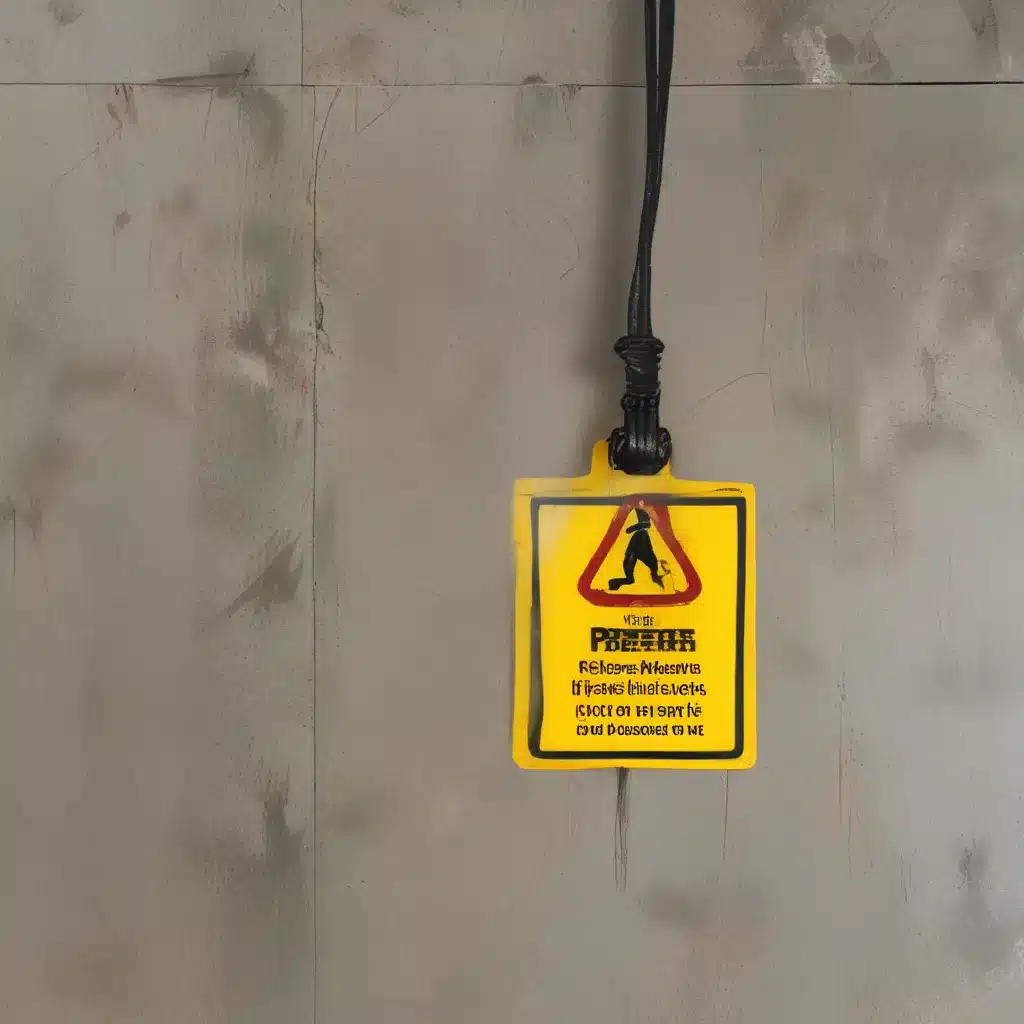Prevent Falls and Electrocution: Conquering the Unseen Dangers of Tree Trimming
As a homeowner in Philadelphia, I’ve always been fascinated by the intricate web of power lines, telephone cables, and lush greenery that adorns our city streets. But behind the picturesque facade lies a hidden danger that many of us overlook – the risk of falls and electrocution during tree trimming.
Recently, I stumbled upon a chilling report from the National Institute for Occupational Safety and Health (NIOSH) that shed light on this often-overlooked issue. The findings were truly eye-opening. According to NIOSH, over the span of a decade, at least 207 tree trimmers in the United States lost their lives due to falls or electrocution – a staggering statistic that had me re-evaluating my own approach to maintaining the trees on my property.
NIOSH’s investigation uncovered a startling lack of training and knowledge among tree trimmers and their employers when it comes to Occupational Safety and Health Administration (OSHA) standards. Many were simply unaware of the risks posed by inadequate safety procedures and equipment, leading to devastating consequences.
The Anatomy of a Tragedy: Electrocution Incidents
One of the most harrowing incidents NIOSH documented involved a 32-year-old maintenance worker who was tasked with cutting down a dead tree in a private residence. As he used an aluminum pruning pole to saw off a large limb, the pole made contact with a 7,200-volt power line running through the tree, instantly electrocuting him.
In another case, a 21-year-old tree trimmer was working high up in a tree, trimming branches, when the back of his neck came into contact with a 7,200-volt power line, resulting in his electrocution. And in a chilling twist, a 35-year-old crew leader was electrocuted while inspecting a job site where a 4,000-volt power line had been knocked down during a storm – unaware that a nearby generator was energizing the downed line.
The Perils of Falling from Grace
But the dangers don’t stop at electrocution. NIOSH’s investigations also uncovered a number of fatal falls, each with its own unique circumstances. In one instance, a 27-year-old tree trimmer was working alone to cut down two towering pine trees when he inadvertently cut through his safety lanyard, plummeting nearly 50 feet to the ground.
Another incident involved a 27-year-old tree trimmer who was cutting away the limbs and top of a severely rotted tree. As the top section was removed, the tree bent and then sprang back, causing the trunk to fracture 6 feet below where the trimmer had tied off his lanyard. He fell to his death, along with the tree section.
Turning the Tide: Strategies for Safety
Confronted with these sobering realities, it’s clear that the onus is on both employers and workers to prioritize safety in the tree trimming industry. Home Curtains Philadelphia, a leading provider of custom window treatments, has taken a proactive approach to educating its clients on the importance of proper tree maintenance and the risks involved.
“We’ve seen firsthand the devastation that can occur when tree trimming is not handled with the utmost care and attention to safety,” says the company’s founder, Sarah Wilkins. “That’s why we always recommend hiring a licensed and insured professional who is well-versed in OSHA regulations and the latest industry safety standards.”
NIOSH’s recommendations echo this sentiment, urging employers to develop and implement comprehensive safety programs that include written rules, safe work procedures, and thorough training for workers. This includes ensuring that aerial bucket truck operators are properly trained, and that workers are equipped with the right personal protective equipment and fall protection gear.
Perhaps most importantly, NIOSH stresses the critical need for clear communication with utility companies when working near power lines. By working closely with the experts, tree trimmers can ensure that power lines are either de-energized, covered, or maintained at a safe distance, dramatically reducing the risk of electrocution.
A Call to Action: Prioritizing Safety
As a homeowner, I’ve learned that the responsibility for safety doesn’t end with the tree trimmers themselves. We all have a role to play in ensuring the well-being of those who maintain the lush greenery that adorns our neighborhoods.
The next time I need to have my trees trimmed, I’ll be sure to ask tough questions about the company’s safety protocols and their plans for working around the power lines that criss-cross my property. And I encourage you, fellow Philadelphians, to do the same. By working together to prioritize safety, we can protect the brave men and women who put their lives on the line to keep our city looking its best.



